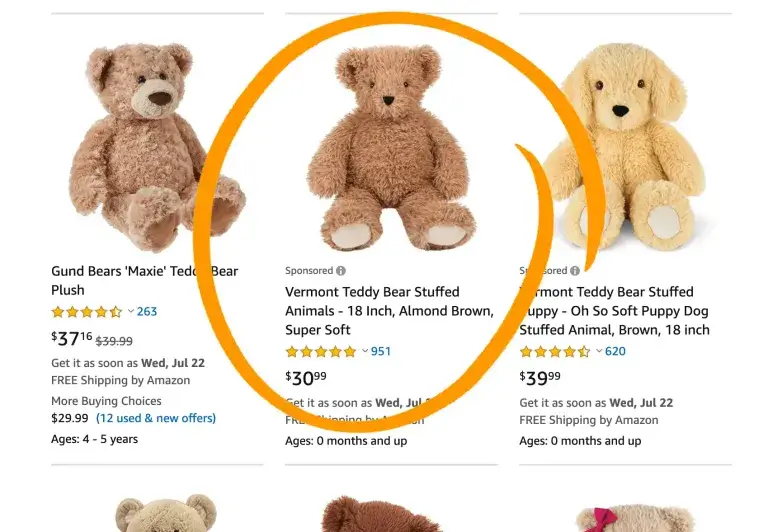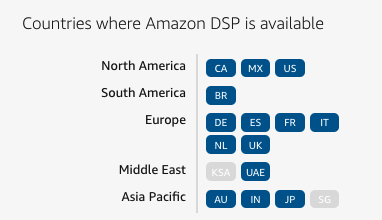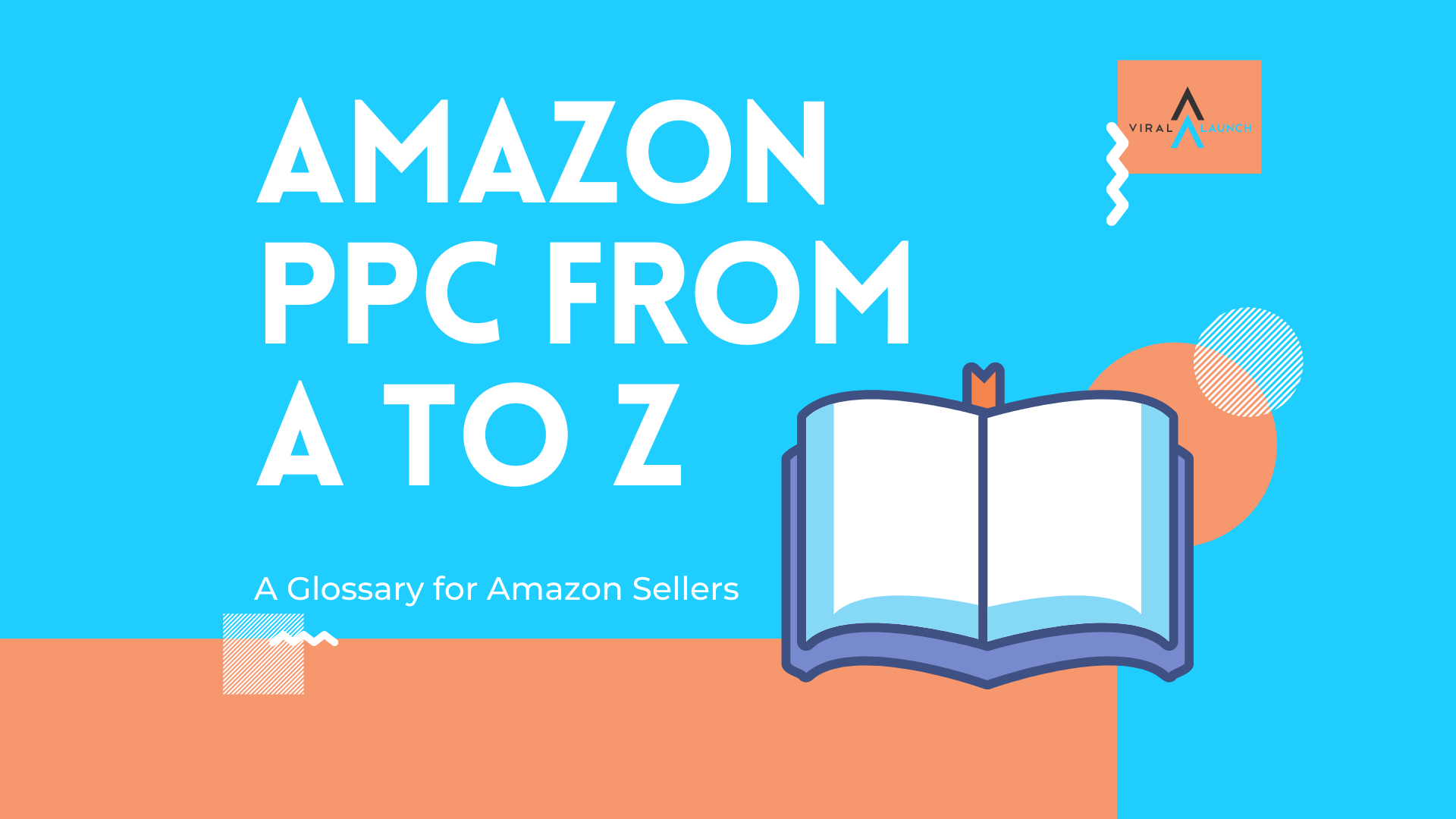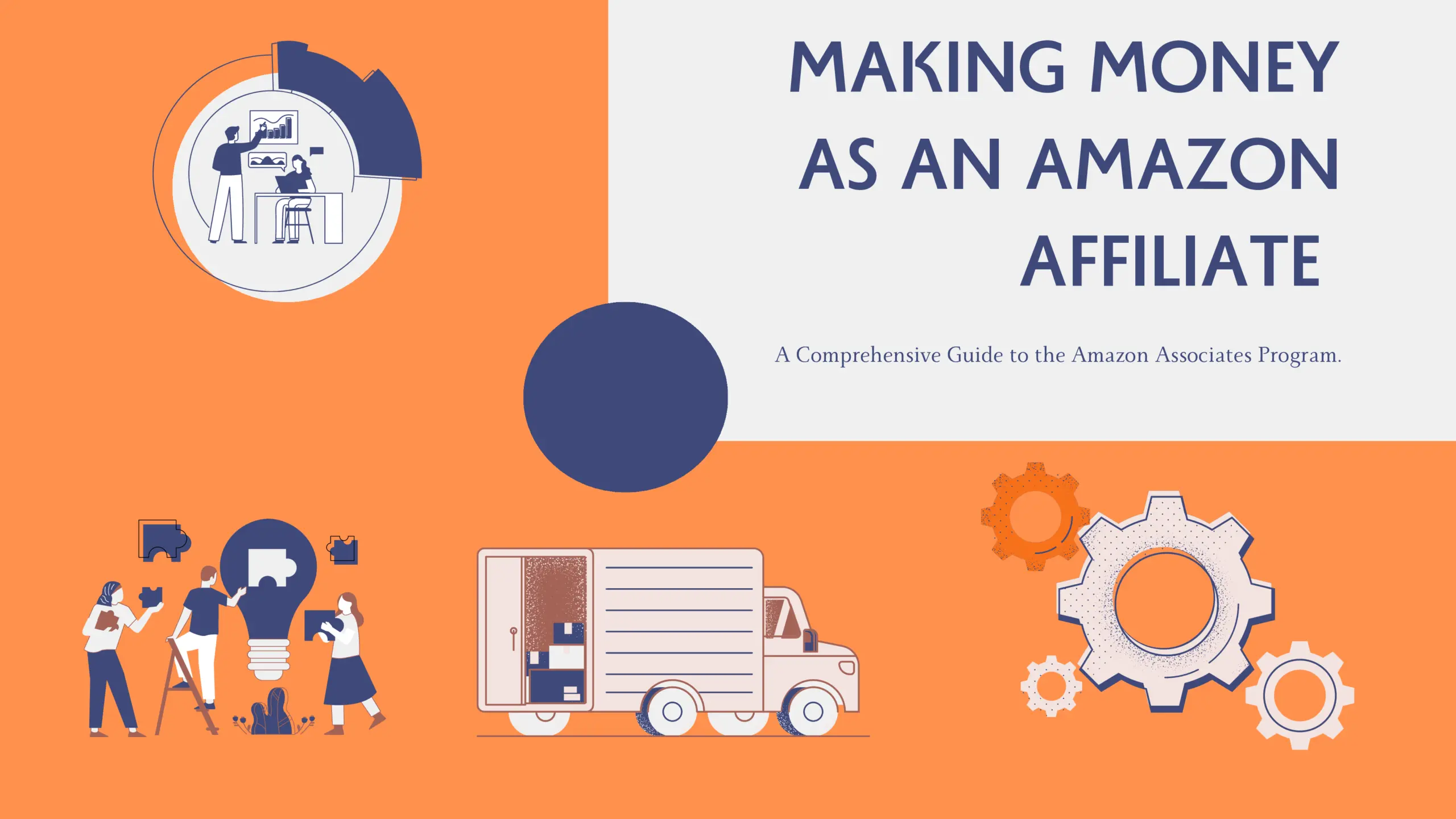Amazon Advertising has exploded in usage and importance for Amazon sellers in the past few years. As the Amazon marketplace continues to grow, the stakes for understanding, implementing, and executing Amazon PPC strategies into your business have never been higher. Viral Launch is here to help with our Amazon PPC for beginners guide!
Although Amazon launched its advertising platform in 2012, it has grown recent years. In a short amount of time, Amazon has placed itself behind only Google and Facebook for digital advertising market share.
With so many shoppers heading online, Amazon sellers can transform their business with advertising by attracting more visibility than ever before.
However, since it’s a relatively new advent, it’s a topic most sellers don’t feel comfortable adding to their marketing mix. And we understand! At times, learning about Amazon PPC can feel similar to learning advanced math or a foreign language. In a way, it’s a mix of both, with formulas and equations that determine your success and terminology that exists in a world of its own. With so much to learn, where do you even begin?
Right here with Viral Launch and our Amazon PPC for beginners guide!
While this may sound daunting, it’s actually a little easier to understand than you might think. Whether you’re just beginning with PPC and need to speak the language or just want to reference an unfamiliar term or two, feel free to use our glossary and explainer for popular PPC terms!
[You may also be interested in: The Amazon PPC Playbook from Viral Launch]

Amazon PPC for Beginners: From A to Z
Advertising placement
Advertising placement is where an advertisement is displayed. On Amazon, ads are commonly shown on mobile and desktop. Found at the top of search results, alongside search results, product display pages.


Budget
The maximum amount of money that can be spent on a campaign. If you set a daily budget at $25, this means you will not spend more than $25 for the selected day. Learn more about Amazon’s PPC Budget page.
Bid
The amount that an advertiser is willing to pay for each click. On Amazon, sellers can choose between automatic or manual bidding. Learn more about Amazon PPC bid strategies.
Keywords
The most common PPC tactic for how customers will discover your ads. Whether through automatic or manual targeting, sellers can target specific keywords that customers utilize in search to find products.
Search Term
Often confused with keywords from a PPC perspective, search terms within Amazon reports (and PPC tools like Kinetic) refer to where your ads appear.
In short, the Keywords refer to what you’re targeting while Search Terms refer to where your ads are being delivered.
Demand-side platform (DSP)
An Amazon software platform that enables advertisers to programmatically buy display, video, and audio ads on and off Amazon.


Advertising Cost of Sales (ACoS)
A metric used to measure performance, efficiency, and profitability of Sponsored Products ad campaigns. You can calculate ACoS by dividing Total Ad Spend by Total Sales.
For example, if an advertiser’s ACoS is 30%, the seller paid 30 cents for every dollar made.
Target ACoS (TACoS)
Not the delicious Mexican treat, unfortunately. Target ACoS, or TACoS refers to advertising spend relative to total revenue generated, while including organic revenue. While ACoS utilizes only spend and revenue numbers that are directly related to advertising, TACoS includes organic revenue to apply a more holistic perspective to your promotional efforts.
Return on Ad Spend (RoAS)
A prominent benchmark across digital advertising, RoAS is the inverse of ACoS. Instead of measuring the cost of a sale, ROaS represents the dollars earned per dollar spent.
Conversions
An action that a customer completes; this phrase can be used to refer to any number of actions, including clicking “Add to Cart,” completing a purchase, etc. Generally, this measures how many times your ad ended with the desired result.
Conversion rate
Measures the frequency that your advertising campaign ends with the desired result. Check out these 12 tips to increase your ecommerce conversion rate.
Cost-per-click (CPC)
Specifically, the average cost you pay each time someone clicks on your ad. To find out your CPC, divide the amount of money spent on an ad by the number of clicks it receives. Sponsored Products and Sponsored Brands feature CPC ads.
As a whole, CPC can be a mutually beneficial relationship between Amazon and the seller, as sellers only pay for ads that receive a click.
Click-through Rate (CTR)
The percentage of ad impressions that are clicked as compared to the entire number of clicks. The standard calculation for CTR is (clicks/impressions) x 100. Here are six expert insights to drive more clicks and increase your Amazon click through rate.
New-to-brand metrics
Metric used to describe customers purchasing your brand/product for the first time on Amazon over the past year. These metrics estimate the cost of engaging new customers on Amazon and identify the most efficient channels and tactics to achieve their campaign goals and are popularly used in comparison with repeat customers for brands to better understand their customer acquisition vs. customer retention paths.
Automatic Campaigns
A campaign or targeting type where Amazon decides when and where your ad is displayed. Automatic campaigns are convenient for their ease of use and the data gathered through Amazon, but take control out of the seller’s hands.
Since automatic targeting campaigns are made programmatically, they can occasionally lead to running ads for odd keywords or unrelated products, which can cause less efficient campaigns.
Manual Campaigns
The counterpart to automatic campaigns, manual campaigns put more control in the advertiser’s hands, allowing more strategy in campaigns. Sellers can select competing or complementary products or keywords for their product to appear for.
PPC Spend
The total amount of money allotted to advertising efforts on Amazon.
Target ACoS
Not TACoS or tacos, Target ACoS refers to your profit margin before advertising divided by target profit margin after advertising. This number will vary from seller-to-seller and determined by the various costs of making your product available.
For more, check out Amazon’s official glossary
We’ll be sure to update as more words enter the Amazon lexicon. Subscribe to our email list below to stay on top of all things Amazon!








